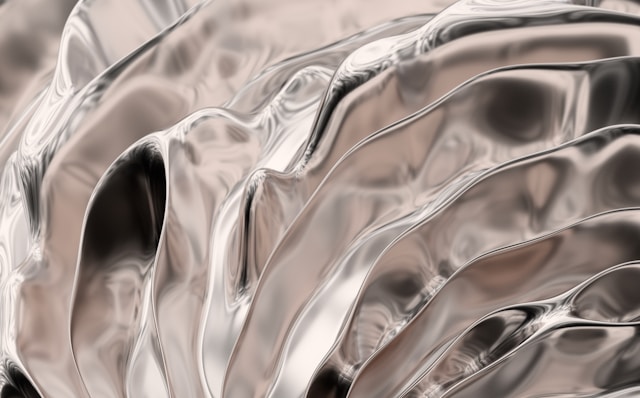
Date:2024-08-26 13:15:10
Source: DeepTech
Artificial living tissues and organs have great clinical needs, and bio-3D printing technology provides a new means for artificial living tissues, which is one of the research hotspots in the current global scientific research circle.
However, the lack of advanced bio-3D printing materials is one of the major challenges currently faced.
At present, 3D printed living tissues usually use cells and hydrogels as "bioink" to print tissue engineering scaffolds, and then let seed cells grow in scaffolds to gradually mature to form living tissues.
However, it is difficult for commonly used 3D printing hydrogel materials to dynamically adapt to the cell growth process, which limits the conversion of 3D printed cell-loaded tissue-engineered scaffolds into living tissue.
Therefore, there is an urgent need to develop new 3D printing materials that can adapt to cell growth to support 3D printing in living tissue research and clinical applications.
There are several technical paths in the field of bio3D printing. Among them, bio3D printing technology based on digital light processing has the characteristics of fast speed and high precision, and has important applications in the biomedical field.
In recent years, Professor Gou Maling and her team at Sichuan University have carried out a series of basic and translational research on the use of 3D printing for biological therapy around the clinical needs of major disease treatment.
For example, they have developed a series of new bio3D printing technologies and equipment based on digital light processing, and attach great importance to the integration of 3D printing and nanotechnology to develop new biotherapeutic strategies and innovative products.
It is understood that cartilage is an important tissue in the human body. Cartilage defect is a common clinical disease and is difficult to treat.
Therefore, there is an urgent need to develop new treatments. 3D printing cartilage tissue can provide a new method for cartilage repair and reconstruction.
In a recent study, they promoted the development of bio3D printing technology through biomaterial innovation, and established a new technology for 3D printing living tissues and a new strategy for tissue regeneration and repair, providing new methods and potential new options for the treatment of related diseases.
The research team said that this innovation originated from an "accident".
As mentioned earlier, they have been engaged in basic and translational research in bio-3D printing for a long time, and they know that the research and development of bio-3D printing materials is very critical.
On the one hand, it not only needs its "excellent performance", but also hopes that its "quality is controllable" and "product accessibility", that is, it hopes to be able to develop high-performance products through relatively simple materials and methods.
In this study, they accidentally discovered the structural characteristics of this nanogelatin material based on the commonly used light-curing gelatin material.
Combined with years of research experience, the team realized that this structure could bring benefits for bio3D printing and promoting tissue regeneration.
Subsequently, they quickly confirmed the performance advantages of the material through pre-experiments, and comprehensively considered the composition and preparation method of the material.
Based on this, it is believed that the nano gelatin material has strong innovation and application prospects, so this research was carried out.
Specific research contents include:
The first step is to develop a new type of nano gelatin material.
On the basis of the discovery of nano gelatin materials, the research group deeply studied the relationship between the structure, composition and process of nano gelatin, and explained the formation principle of nano gelatin materials.
In this way, a method system for the preparation of nanogelatin materials was established, and the physical and chemical properties of nanogelatin materials were systematically characterized.
The second step is to uncover the potential of nanogelatin materials in bio3D printing.
During this period, they established a bio3D printing technology based on nanogelatin materials and evaluated the biocompatibility of nanogelatin materials.
The ability of nanogelatin materials to adapt to the cell growth process by using special nanostructures was also studied, so as to elucidate the role and mechanism of nanostructures in regulating cell function.
The third step is to study the role and mechanism of 3D printed cartilage tissue for the treatment of cartilage defects.
By establishing animal models, they evaluated the role and mechanism of 3D printed customized cartilage tissue for the repair and reconstruction of joint and external ear cartilage.
Finally, they explained the formation principle of nanogelatin materials, established a controllable preparation method of nanogelatin, and developed a bio3D printing technology system based on nanogelatin.
(Source: Advanced Functional Materials)





